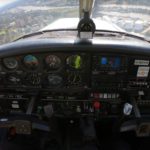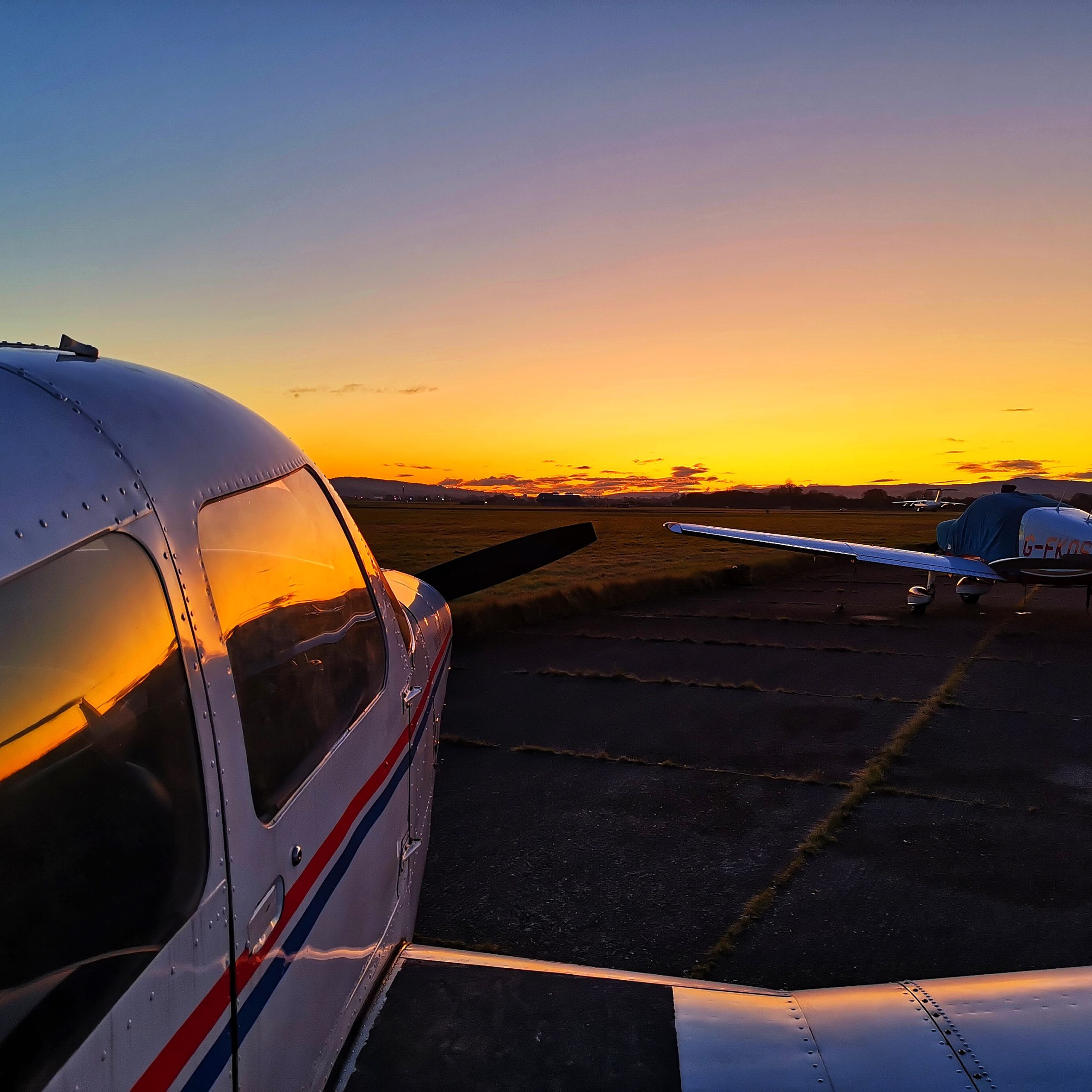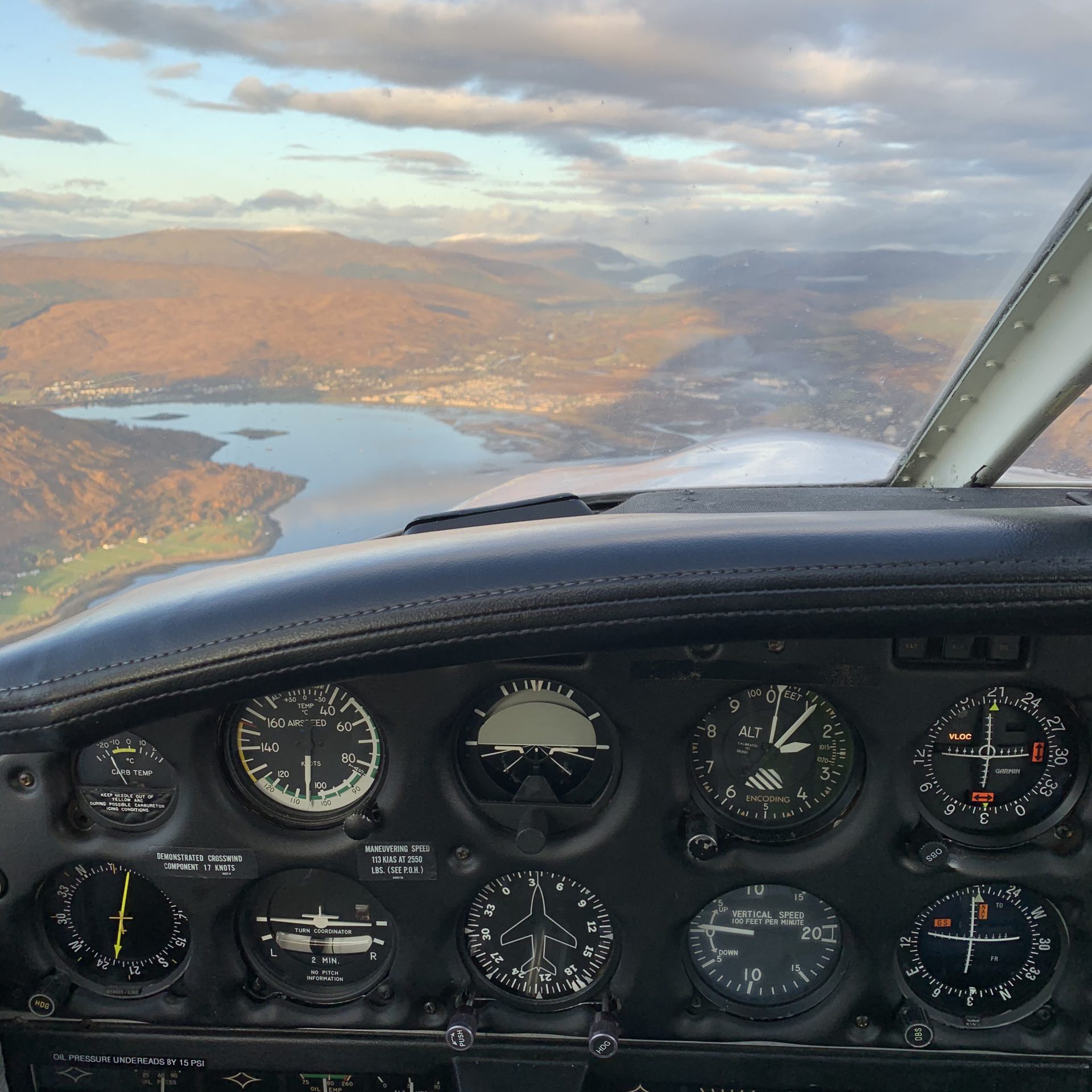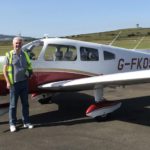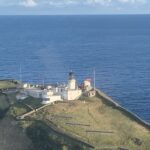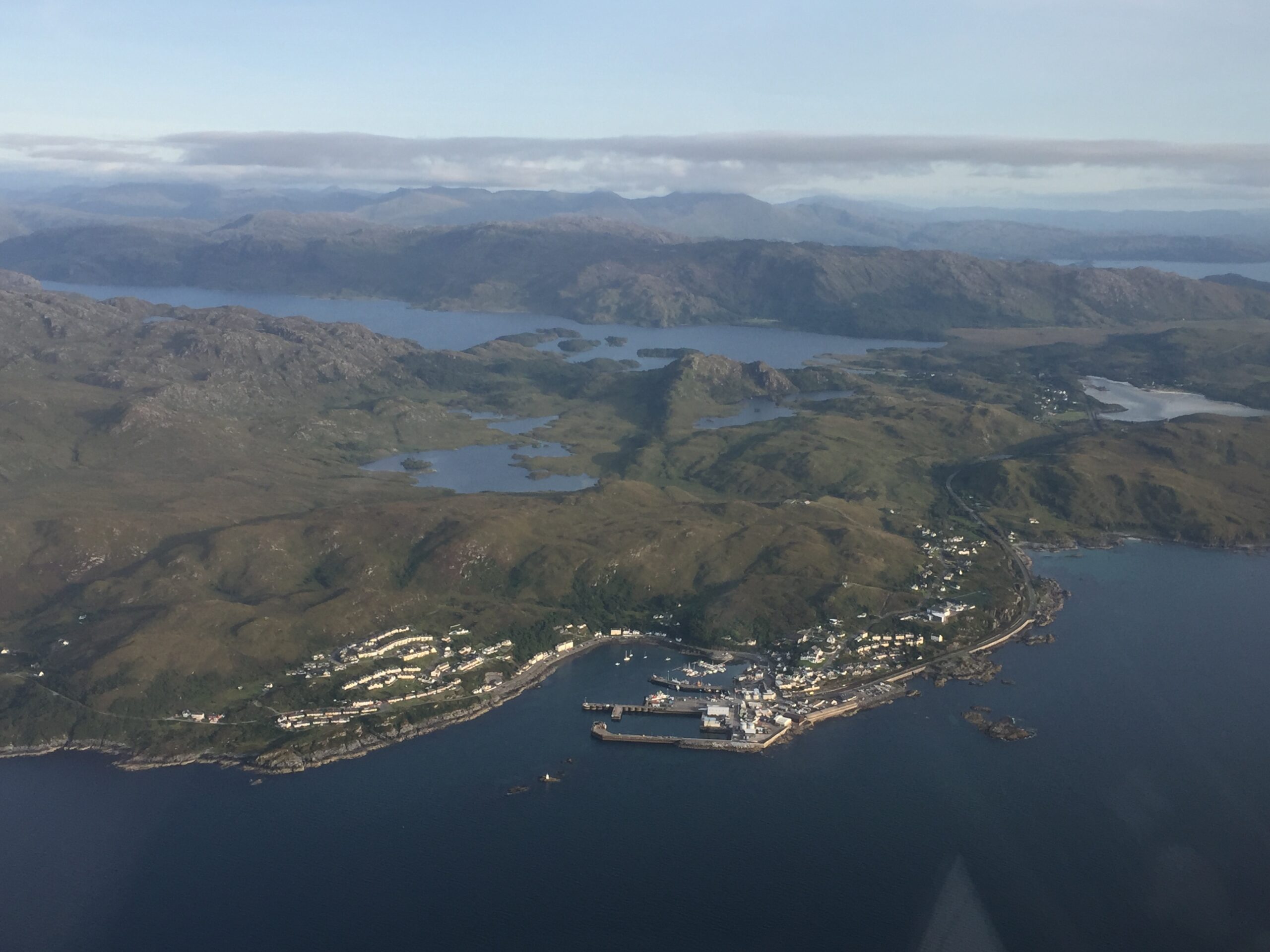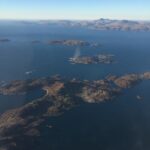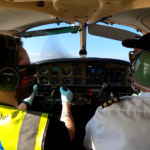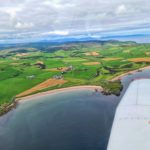Private Pilots License
A quick overview of the PPL
The European Aviation Safety Agency (EASA) Private Pilots Licence (PPL) is the way to go if you would like to add additional ratings to your license or to pursue a career in commercial aviation. If you are only looking to fly with
your friends and family on good weather flights within Europe then you may wish to consider the Light Aircraft Pilots Licence (LAPL) instead. It requires less training, is slightly cheaper to obtain and requires a less stringent
medical than the PPL.
What does it allow you to do?
The PPL is recognised worldwide and allows you to fly a huge variety of light aircraft.
It also serves as an excellent starting point for those that wish to pursue a pilot career in aviation.
Whilst having a Private Pilots License is an amazing way to see the world, it is also incredibly useful for destinations closer to home. Many license holders use their license to take friends and family members to Scotlands many islands and otherwise hard to access places.
Many destinations can be flown to in an hour or less that would have otherwise taken a full day to travel to by car. Imagine being able to fly to Stornoway in as little as an hour, instead of the 8 hours it would take by
car and ferry!
What are the requirements?
Students can start logging flying hours at 14, fly solo at 16 and obtain a full PPL licence at 17
You must also be able to obtain a class 2 medical certificate from an Authorised Medical Examiner (AME).
If you don’t already hold a LAPL licence, you will need to complete 45 hours of flight instruction on aeroplanes, 5 hours of which may have been completed in an approved flight simulator (an FSTD – flight simulation training device), including at least:
25 hours of dual flight instruction, 10 hours of supervised solo flight time, including at least 5 hours of solo cross country flight time with at least 1 cross country flight of at least 150 nautical miles that includes full stop landings at 2 aerodromes different from the departure aerodrome.
How long will it take?
The EASA requires a minimum of 45 hours flight time and completion of 9 ground school exams covering Air Law, Aircraft General Knowledge, Flight Planning & Performance, Human Performance & Limitations, Meteorology,
Navigation, Operational Procedures, Principles of Flight & Communications. If you already hold a LAPL then the good news is the exams you have already passed are valid!
It is worth noting that this is the required minimum number of hours by EASA and every student is different.
For example – a student flying every week is more likely to obtain their license in less time than a student who is flying less frequently.
What next?
After completion of a PPL you may wish to gain Night, Instrument or Aerobatic qualifications to further increase your license privileges.
Should you wish to pursue flying as a career, then you may wish to seek a Commercial License after completion of your PPL.
What will I learn?
Phase 1 – Basics
The first ten hours or so are spent in becoming familiar with the effects of the flying controls, learning how to fly the aircraft at a constant altitude, climbing, descending, turning and exploring what happens when the airspeed is allowed to reduce to the point where the wing of the aircraft stalls.
At the end of this stage you will have become confident in handling the aircraft both on the ground and in the air. You will most certainly have completed a take-off, and thus you will be equipped with all the basic abilities required for the next phase.
Phase 2 – The Circuit
The early lessons are conducted away from the airfield, but in order to get the maximum amount of practice in the next section, you return to the airfield for this phase. A circuit of the runway incorporates all techniques that you practised in phase 1, viz. A take-off, climb to circuit height, level off, fly parallel to the runway, turn and descend on to final approach, followed by the interesting part – the landing!
Your first attempts at this demanding exercise will, or course, leave a lot to be desired, but gradually your ability will improve to the point where one day your instructor will hop out the aircraft and send you off on your first solo circuit and landing. You are now well on your way to becoming a pilot!
Phase 3 – Practise
Once your solo flight is completed the rest of the course will alternate between dual flying and solo consolidation, i.e. practising the exercises you have been taught. By the end of Phase 3 you will have logged 2-3 hours solo time and you will have the ability to land the aircraft in different situations, e.g. without the use of flaps or power, and in adverse crosswinds.
Phase 4 – Putting it all Together
This phase includes all the exercises which will make you a self-sufficient pilot who will be able to both navigate the aircraft and to deal with all in-flight emergencies which could be encountered. You will be taught how to land in a field in the unlikely event of an engine failure, how to deal with various systems failures and how to fly by reference to instruments if forced into cloud by bad weather.
You will also be taught visual and radio navigation followed by your solo qualifying cross country navigational flight. Your course will then be completed with a Skill Test in which you demonstrate your new-found skills to a CAA approved examiner.
Written tests have to be passed at appropriate times during your training to ensure your theoretical knowledge keeps pace with your practical flying progress.
Should I go for the LAPL or the PPL?
If you just want to fly a small aircraft of up to 4 seats with your friends and family within Europe, a LAPL is more than sufficient and it potentially saves you up to 15 hours of flight training that would haveotherwise been required for the PPL license.
The curriculum between the LAPL and the PPL is very similar and any experience gained in studying for your LAPL can be considered for the PPL. The required ground school exams are identical between both courses, so there is little to lose by starting with a LAPL license.
For these reasons most students at the club usually start with a LAPL and decide whether to upgrade to the PPL at a later date.
LAPL
30 hours minimum
Flying EASA Aircraft within Europe
Valid for Life (with regular flying)
Lower Medical Requirements
Night & Aerobatic Ratings can be added
Aircraft with Max Take-Off Weight of 2,000kgs, carrying a maximum of 3 passengers
PPL
45 hours minimum
Flying EASA Aircraft Worldwide
Valid for Life (SEP renewed every 2 years)
Class 2 Medical Required
Night, Aerobatic, Multi-Engine
& Instrument Ratings can be added
Aircraft with Max Take-Off Weight of 5,750kgs, carrying a maximum of 19 passengers


